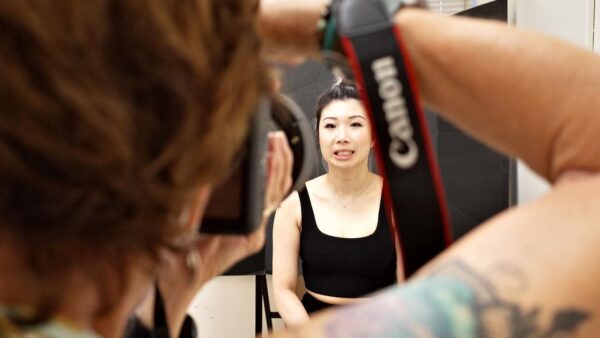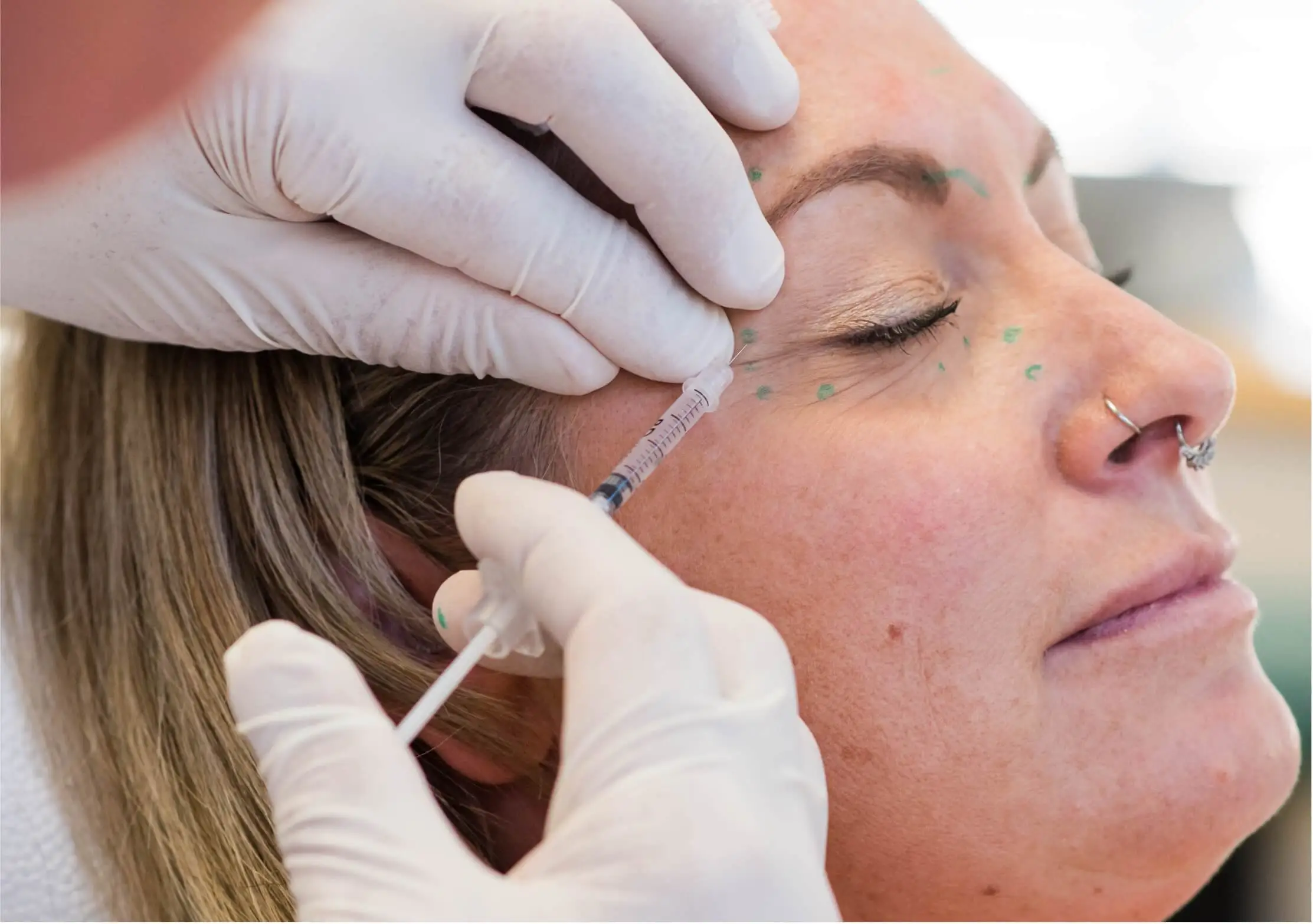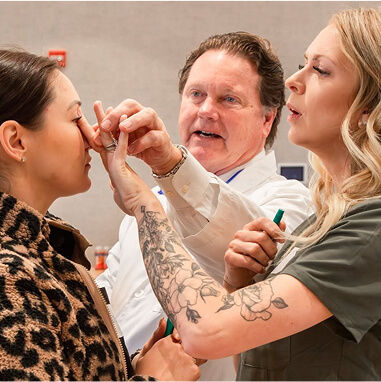Updated October 17, 2024
When you’re an experienced Botox injector, details matter. So do the Botox photographs that you have to show your patients. High-quality photographs can be a powerful tool for building trust and demonstrating your expertise. Here are four reasons why your team should be trained in standardized photography skills.
#1 – 99% Case Acceptance for Botox Treatment
No matter how much you excel at a particular aesthetic treatment, your prospective patients will want to see proof. Having an onsite photography team and private portrait studio, or dedicated photography area, will allow you to easily capture pictures of your completed Botox cases before and after photos to show patients during treatment plan presentations. According to studies, offices with quality case pictures had a 99% case acceptance rate compared to those that did not.
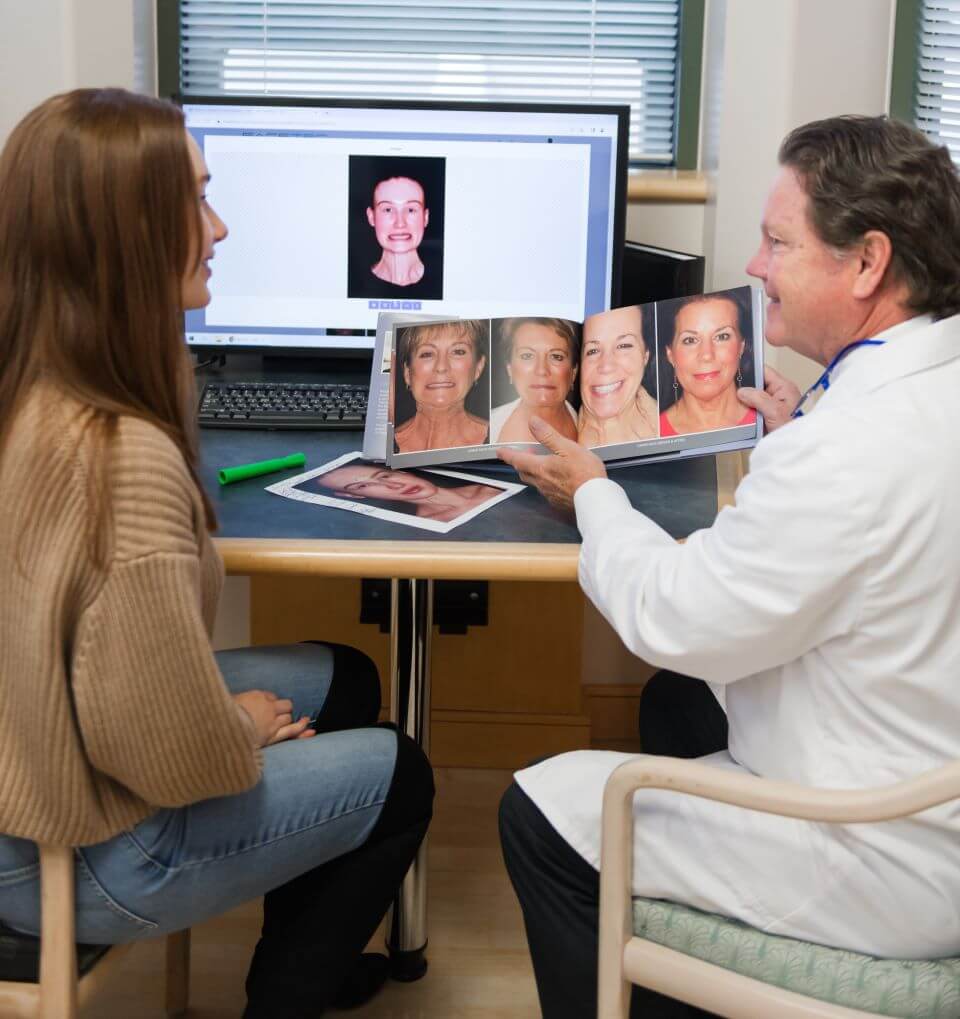
#2 – It Only Takes One Great Series to Make a Difference
The quality of a before and after photo speaks for more than just the effects of aesthetic treatment. Attention to detail—from lighting to clean lips—reflects the quality of work you provide in your practice, whether it’s Botox or another cosmetic procedure.
Taking the best potential Botox photographs will ultimately impact the impression you make in your consultations. Enrolling your team members in a photography class specifically for aesthetic injectables (such as the Level 2 – Team Training course) will ensure that you capture the details that patients want to see before committing to an injectable provider.
Consider selling or buying a home. Would you prefer premier portraits offered directly through the realtor, or candid snapshots taken by your neighbor? It’s the same for something as highly detailed as facial injectables and skin rejuvenation. Details, skill, and experience all matter.
#3 – Professional Quality Botox Photos Can be Used for Marketing
It requires the right photos—including before and after images—to produce quality Botox marketing and promotional materials. When your team is trained on premier photographic techniques and systems, you can feel confident knowing every case that’s photographed will be print-worthy.
When you take your own before and after photos, you can use FACETEC software to easily store and share them (with patient permission, of course) and create cases to share on your website and social media pages. But the difference is that with professional training, your prospective patients won’t be able to tell that they weren’t taken by a seasoned photographer. You’ll have quality portraits on hand for every case you complete, without any additional incurred costs. Additionally, your facial aesthetic patients will be thrilled to see their own real-life before and after results.
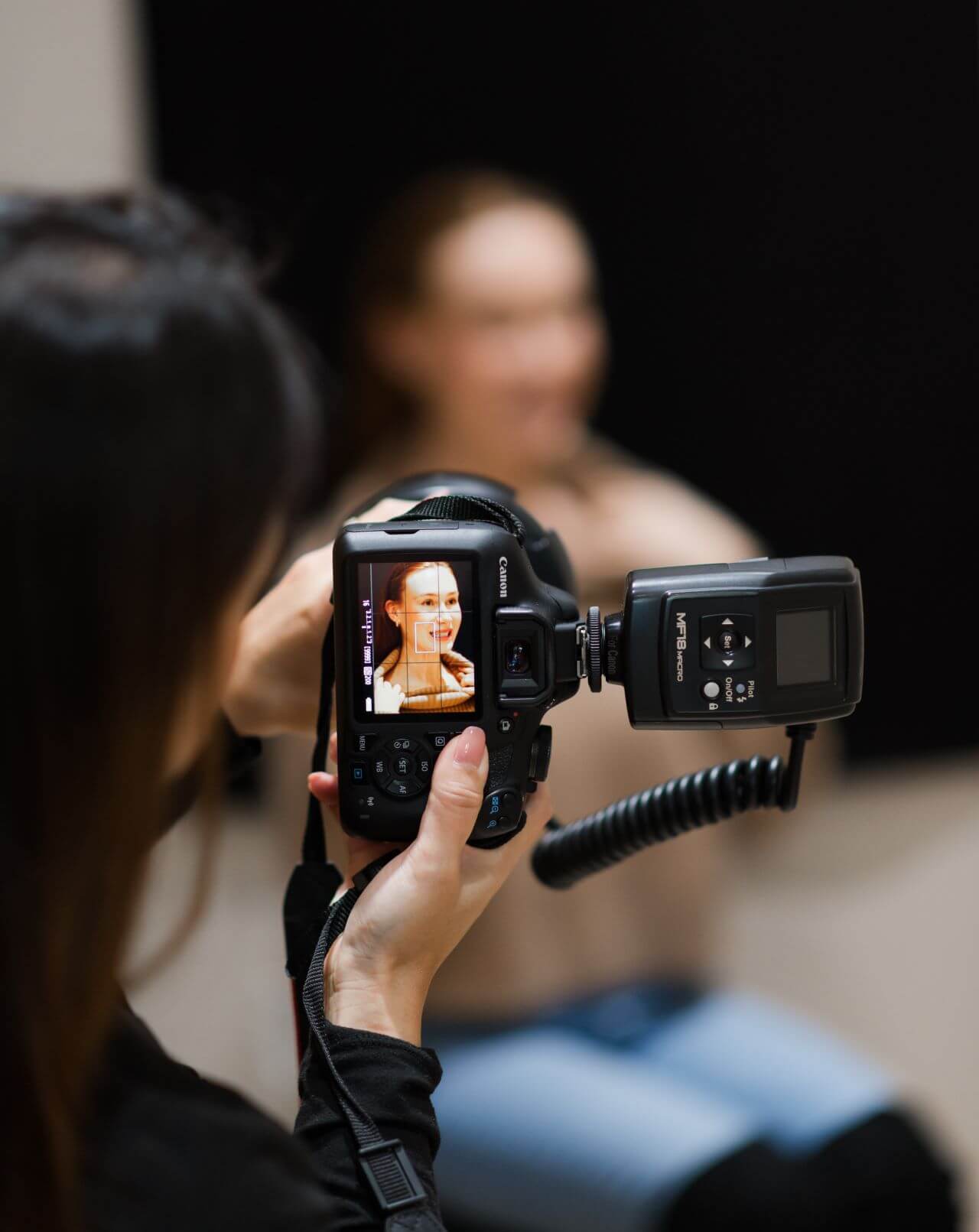
#4 – A Standardized Portfolio of Before & After Botox Photos
When your team receives the same advanced photography training, it empowers your practice with a standardized portfolio of your own treatment cases. Each series is taken by your in-house team, eliminating the need to arrange a photographer or book a separate studio to capture images. Patients can be photographed on the spot, making it easier to collect comprehensive images of your diverse clients.
No matter which team member is taking photographs, you will have consistent imaging throughout your portfolio, whether it’s posted online or in an album in your practice.
Register Your Team Today!
PTIFAT offers the Level 2 – Team Training course that covers hands-on photography training for your team. During the course, your team members will be instructed on standardized cosmetic photography techniques through the Roberts Facial Rejuvenation Photography (RFRP) – a series of 29+ photos, developed by Drs. Warren & Janet Roberts. Enroll today to get started.
